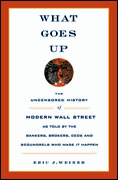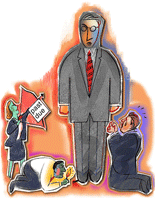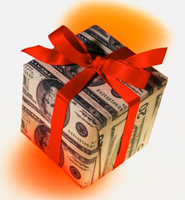
An engaging history of ‘the Street’ warts and all
When seasoned financial journalist Eric J. Weiner sat down to write a history of Wall Street, he decided to let the larger-than-life characters do the talking for him. The result is a fascinating account of the events that have shaped American business, and America as a whole, for the past 146 years. In this remarkably revealing and surprisingly readable book, Weiner invites his readers into the exclusive clubs, tense boardrooms, and luxurious New York high-rises where billions have been made and lost, where a nation’s financial footing has been threatened and saved (more than once), and where Wall Street legends have risen and fallen.






